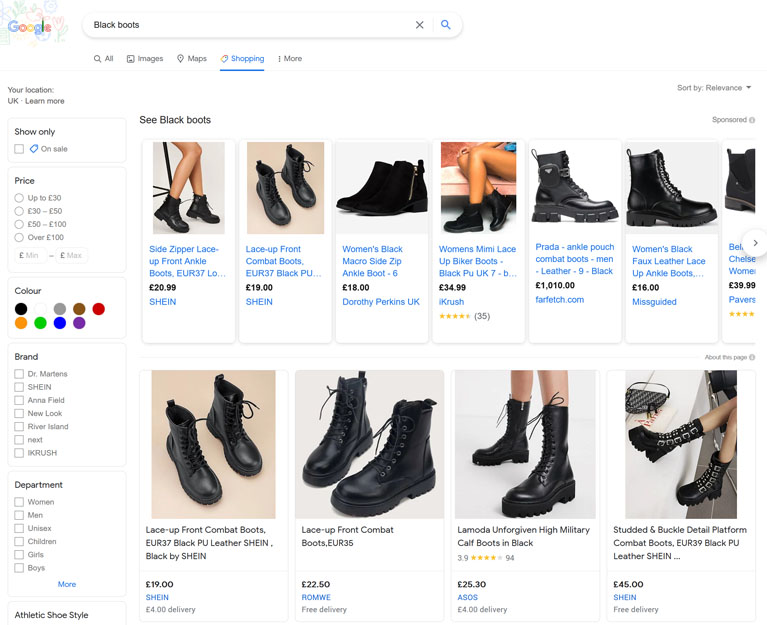


The Search Before the Search: What is Keyword Foraging?
01/09/2021
When you look for something online using a search engine, the query you type will be matched for relevancy against all the websites a search engine has analysed. The specific words (or 'keywords') in your query are especially important to the search engine, as it attempts to deliver the most relevant results. So what happens when we don't know the right keywords to use in our search query?
This is where 'keyword foraging' comes in; or, as the Nielsen Norman Group call it, "the search before the search". Research has shown that when a user is not sure what keywords to use in their search query, they will perform preliminary searches to find the right words they need, before searching again. This is important for website owners and User Experience (UX) practitioners to be mindful of since there are ways to help users to find what they want, even when they don't know the correct term. It also relates to a commonly upheld UX principle found in Postel's Law, which argues that software should be liberal in what it accepts, and conservative in what it sends. In the context of a website, this means it should be sympathetic to a wide range of inputs and searches, even if they don't match exactly the correct terminology.
Keyword foraging often takes place when the user:
- Has forgotten the name for a word, so searches for a similar term, such as “glasses shop” instead of “opticians”.
- Is looking for a solution but is not sure how to achieve the preferred result, such as “replacing shower trim”.
- Isn’t sure what something is called in another language, such as not knowing that an “eggplant” in America is the same as an “aubergine” in the UK.
- Knows what something looks like, but does not know the name, such as “pink fluffy rose” when they are looking for “peonies”.
Good UX is all about putting yourself in your users' shoes, which means thinking about the different ways users might be trying to find your website, even when they're getting it wrong.
Example: Combat boots
Let's look at a practical example of keyword foraging. In this scenario, the user is looking for a particular style of boots, but doesn't know the name for them. To help narrow down the style they're after, the user searches for "black boots" initially and then browses the Google shopping results. After identifying the style the user is looking for and the keywords that are typically associated with it, they perform a secondary search for "combat boots", which yields a much more accurate set of results, from which they find a style and price they like, and subsequently proceed on to a retailer.
If you were a retailer selling black combat boots, but were using a different name for them, there's a chance your products may not appear in either of the user's searches. Whilst there are likely other valid ways of describing the same product, and many different routes a user could take to find it, being mindful of the most common ways users would search for or describe your products and services can help to ensure you aren't losing out on traffic and sales as a result of semantics.

Keyword Foraging Do’s and Don’ts
Do:
- Use common keywords that most people would know and use to describe the product or service.
- If you have access to search logs on your website, check to see what users are searching for so you can tailor your copy accordingly to the language that is often used.
- If your site is e-commerce and sells products, try to describe the look and feel of these if you can, as users who can’t remember the name may be able to find your product by searching for how it looks or works, for example.
- If you have a search function, make sure it can accept inaccurate queries to help point them in the right direction and to encourage a better user experience.
Don’t:
- Use overly complicated language that users are unlikely to search for.
- Avoid using newly invented or branded terminology, as users will not know it exists. If you do need to use a new or branded phrase, include the usual description too.
- If keywords are used on images to describe the product or situation, make sure to include them in the copy too for search engines to read.
